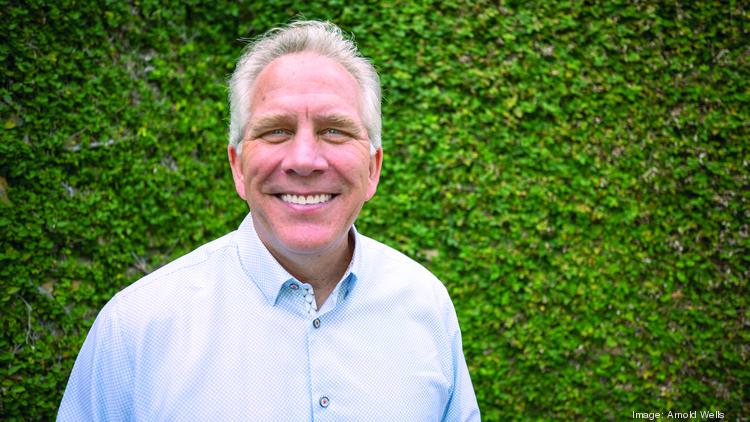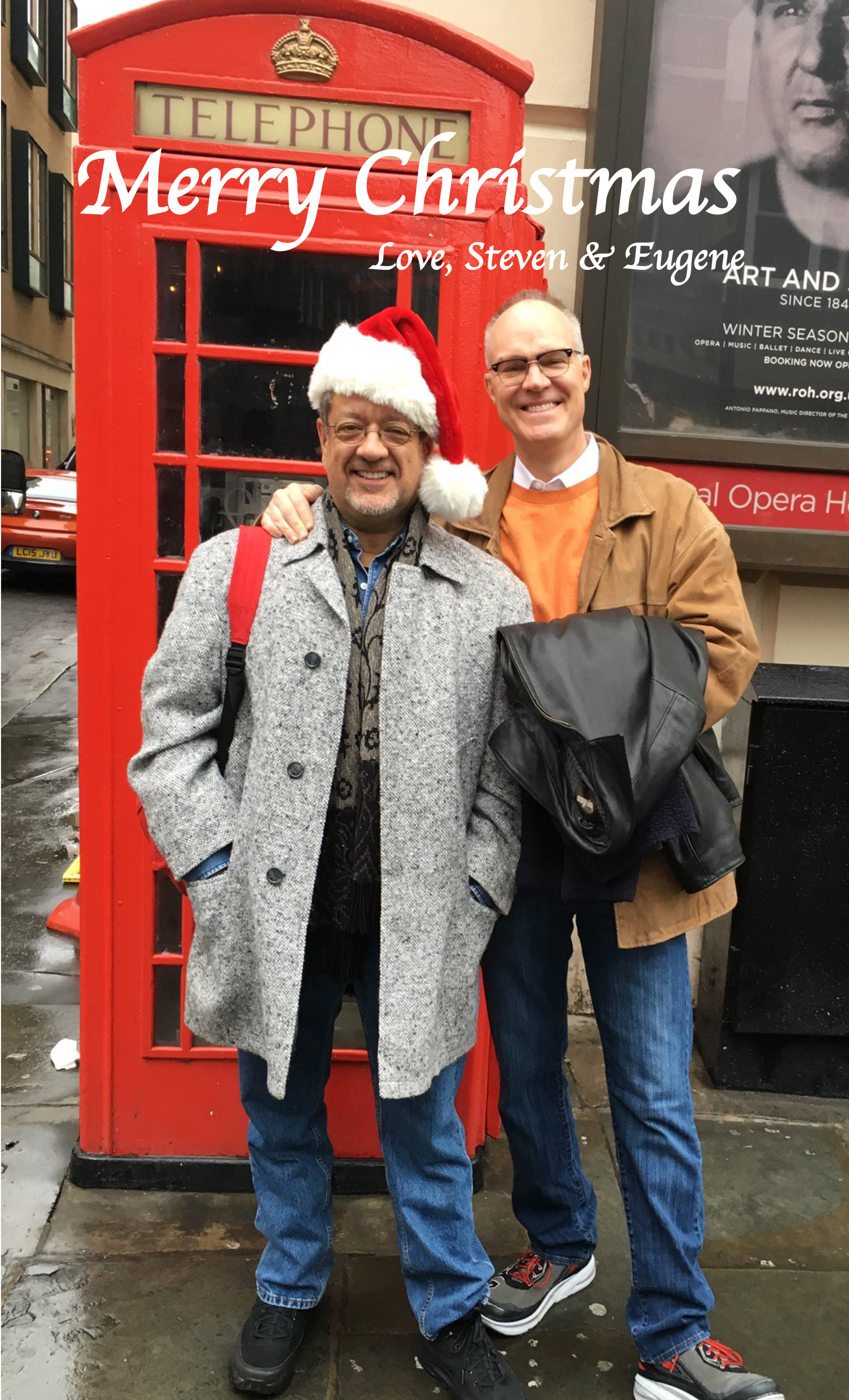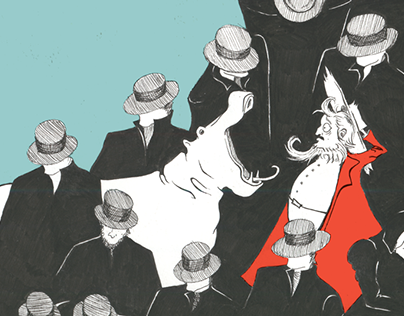Our most joyful experiences of work are doing things that matter . . . helping people, building something important, meeting critical needs, touching the future . . .
We are wired to cooperate, to accomplish more together than we could on our own. The bigger story (or “meaning”) that inspires action is called PURPOSE — and when we act with purpose we say we are responding to a calling.
Often our actions focus on a narrow goal. When we act and think in a bigger context, we create a bigger story about what we’re doing. Bigger stories inspire and encourage us and others because they create opportunities for us to be bigger, to use more of ourselves.
The benefits of purpose are well documented among children and adults – both in physical health & cognitive functioning. Purpose in the workplace – making work meaningful, understanding the contributions we are making – is probably more critical today than ever.
There are few more ubiquitous questions than what is my purpose. Especially since the pandemic, employees have been reflecting on purpose in their lives. Millennials, especially, evaluate work based on an alignment with a purposeful life.
Numerous surveys show nearly 80% of employees want a sense of purpose from their work; nearly 70% acknowledge their work drives their sense of purpose. This number is even higher for executives. But, most employers fail to deliver. According to a 2021 McKinsey & Company’s survey, 85% of executives find a sense of purpose at work but only 15% of frontline managers and employees do. We too often fail to share the bigger story, to allow time for reflection, to provide opportunity for employees to work on what they consider important.
Friends won’t be surprised that I spot Maslow’s hierarchy at work here. Even the grim purpose of putting food on the table, sending our kids to college while sacrificing one’s vitality and dignity motivated countless boomers through mindless, disempowered jobs. And, have no doubt, paying one’s rent and financing one’s lifestyle still does . . . it’s the back of the coin for the boss who thinks the pay & benefits are all that’s needed to motivate employees.
You see the power of purpose in a kid’s eyes anytime you send them off on a well-scoped adventure – a treasure hunt, playing hide & seek, or saving enough pennies so we can eventually break the piggie bank.
We’re still learning about what makes Gen Z cynical about finding a sense of purpose at work. Early studies suggest they are keen negotiators for their time in very transactional relationships with employers. If we, as employers, are looking for any longevity and loyalty among the largest generation on Earth, we could start by listening to them, to understand their sense of purpose, and offer them meaningful work that they can test and come to trust.
Sources cited:
Help Your Employees Find Purpose – or Watch Them Leave. (4/5/21)
Great Good Magazine, Science-based Insights for a Meaningful Life. University of California, Berkley https://greatergood.berkeley.edu/topic/purpose/definition#why-find-purpose






 immersed in community matters. We’ve since elected Donald Trump as America’s president – in part because Ds offered a candidate who would have made a good president but ran the worst campaign in decades, and because the Russians (likely in collaboration with the GOP presidential campaign) microtargeted voters in key states. Among these voters the Russians increased the intensity & vote for Donald Trump and disillusioned many Ds, resulting in lower turnout. In this post, I’m not going into what this means, or the spiral we witness.
immersed in community matters. We’ve since elected Donald Trump as America’s president – in part because Ds offered a candidate who would have made a good president but ran the worst campaign in decades, and because the Russians (likely in collaboration with the GOP presidential campaign) microtargeted voters in key states. Among these voters the Russians increased the intensity & vote for Donald Trump and disillusioned many Ds, resulting in lower turnout. In this post, I’m not going into what this means, or the spiral we witness.




 reprint: (Washington, D.C., Sunday, Oct 30, 2005)
reprint: (Washington, D.C., Sunday, Oct 30, 2005)

